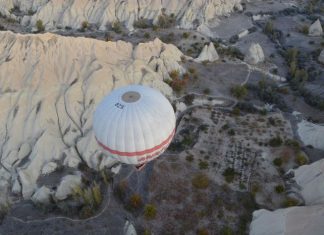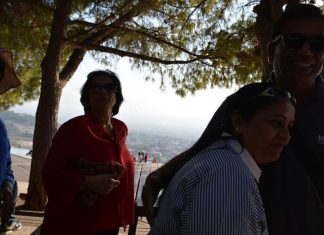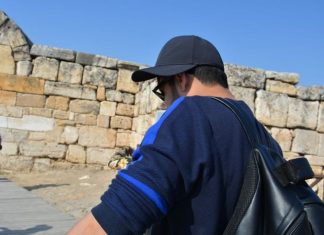KARS CASTLE
Architectural Marvel of 1153
Constructed in 1153 by the Vizier of Saltuk Sultan Malik Izzeddin Salduk Firuz Akay, Kars Castle stands proudly on a steep...
Decoding Tombstone Symbols
Insights into Professions and Stories
Exploring Artistic Narratives on Tombstones
Nautical and Military Tributes
Discovering the profession of the deceased is often possible through elements on tombstones....






